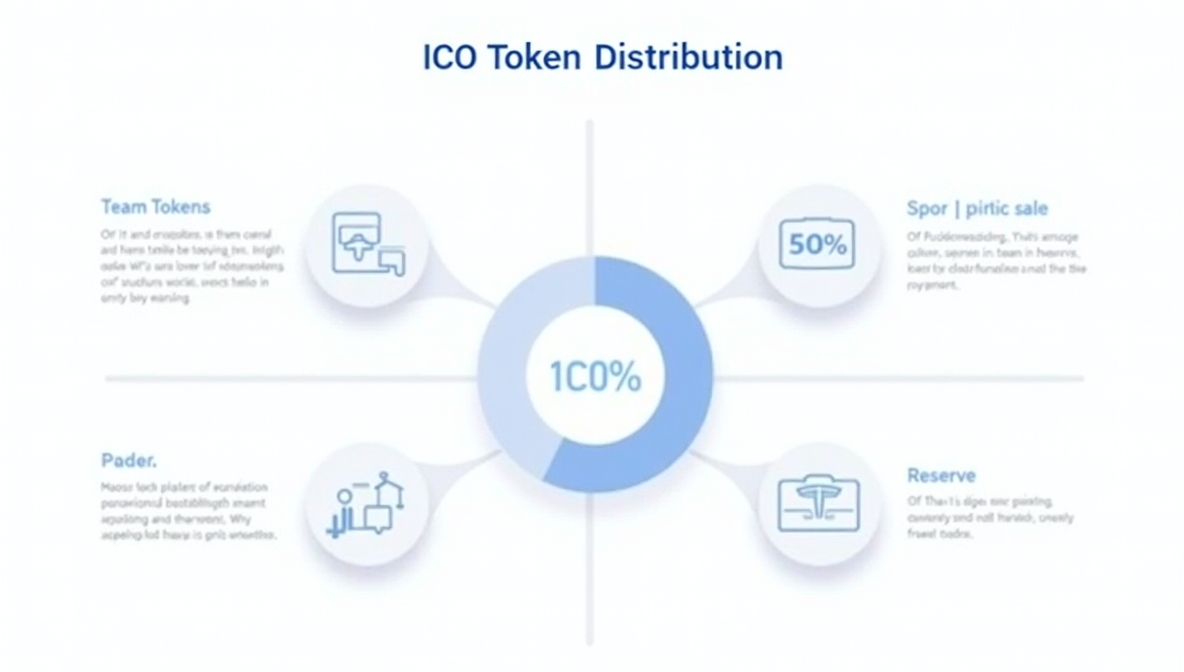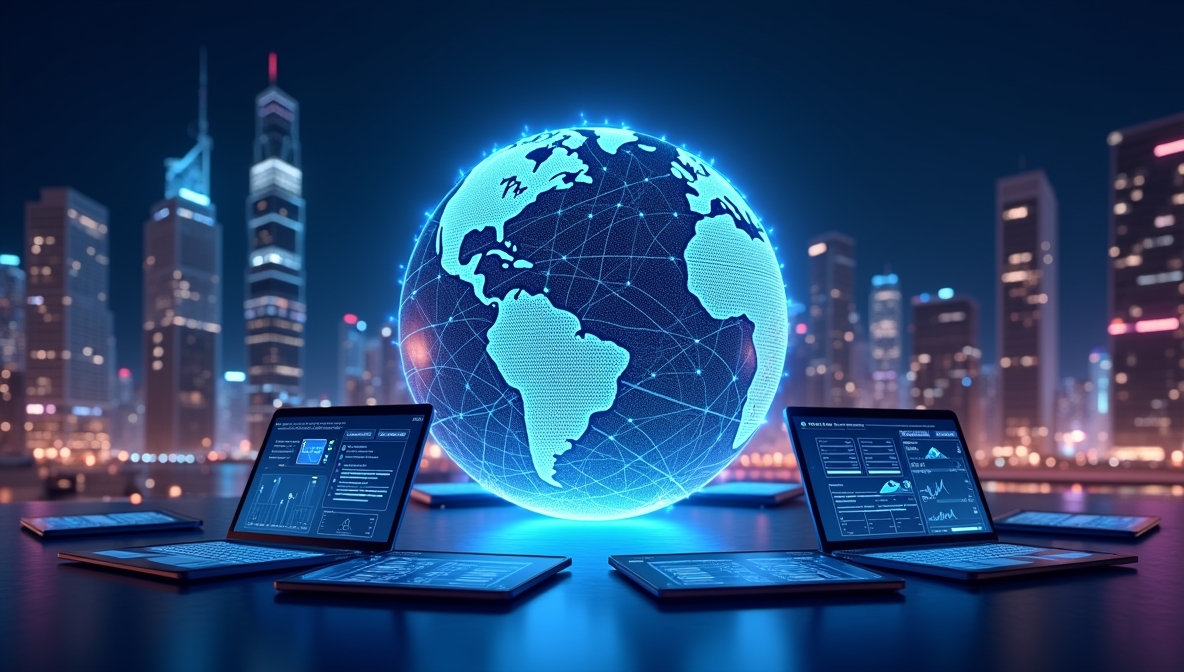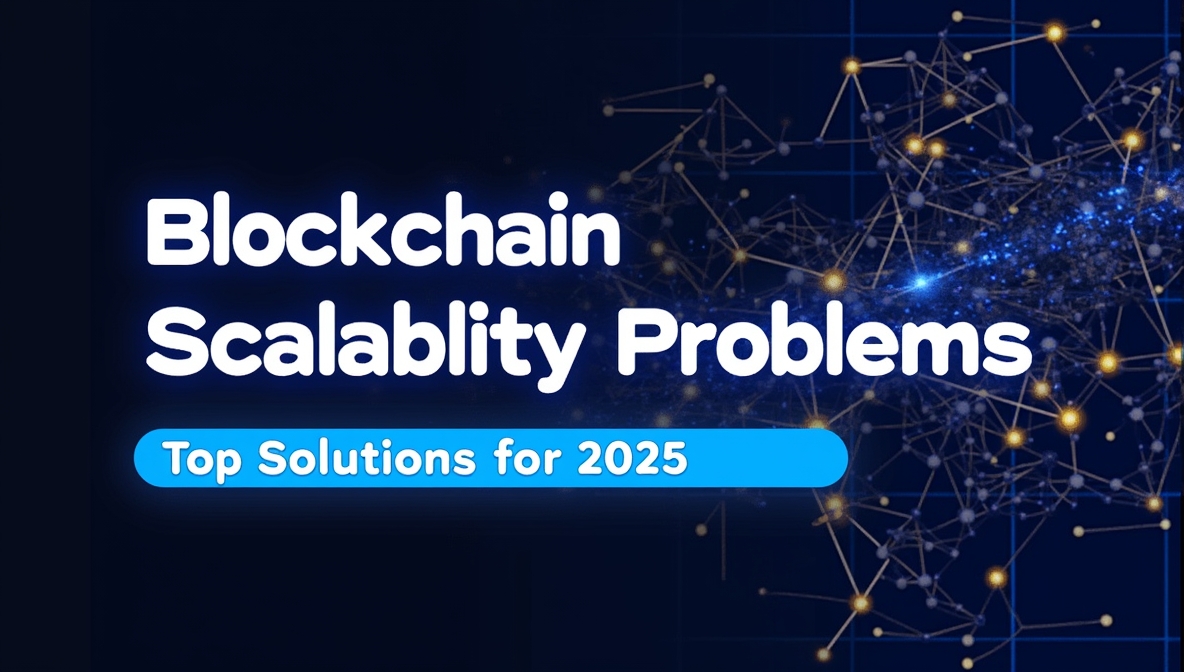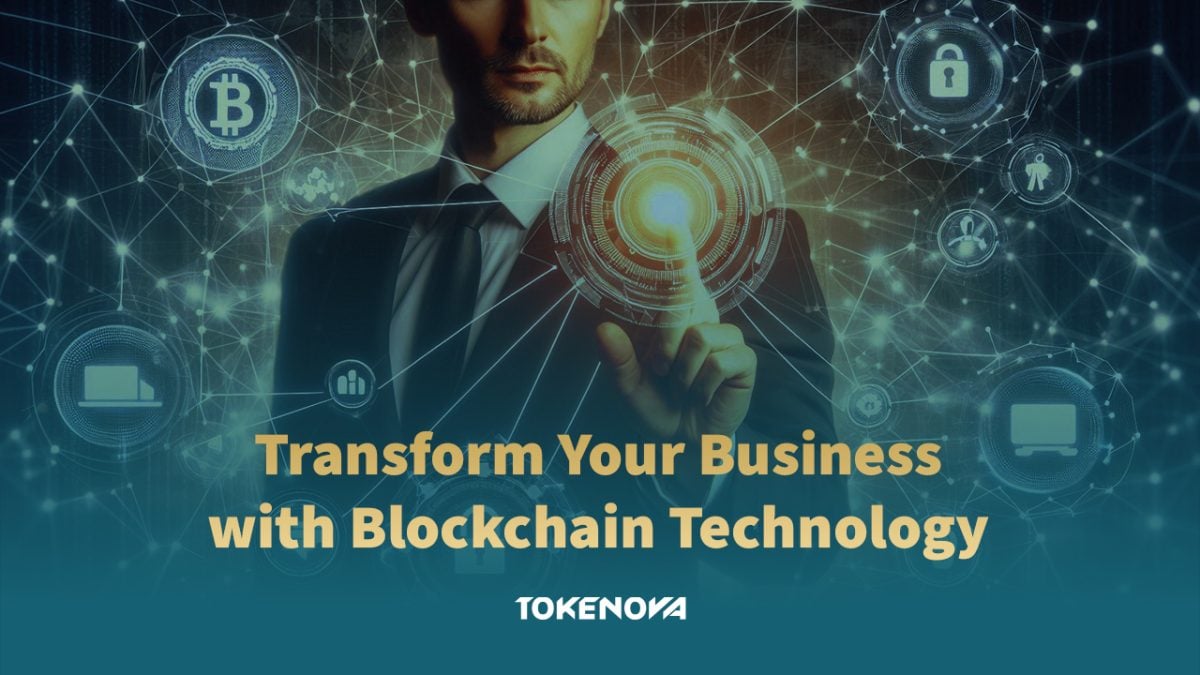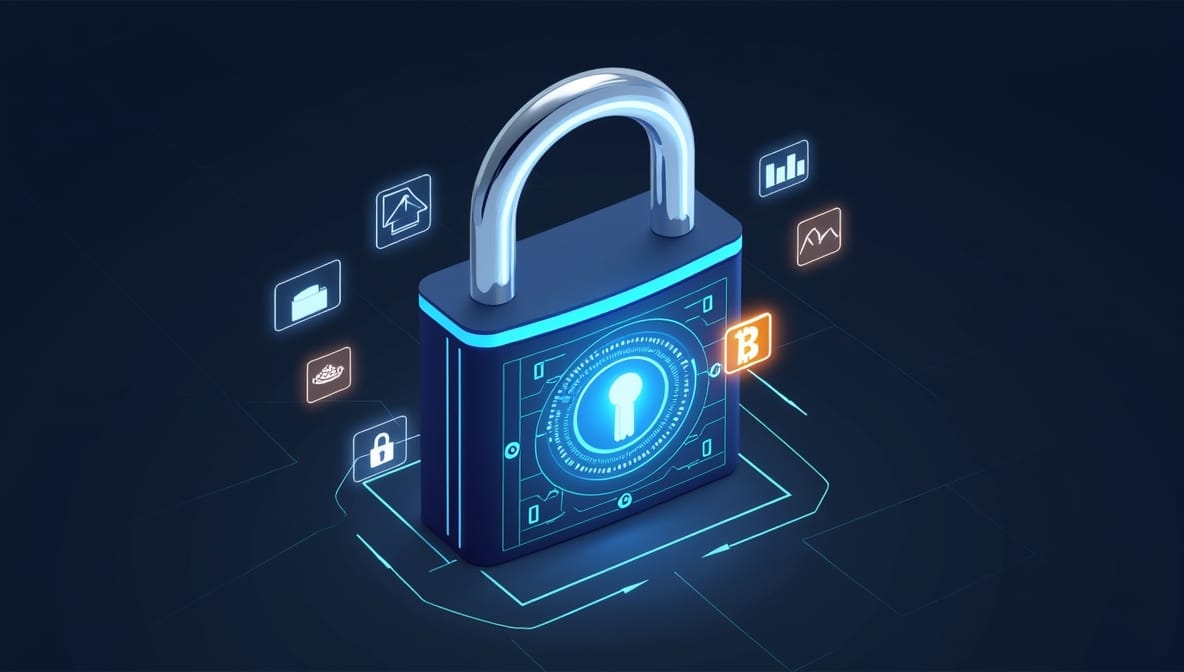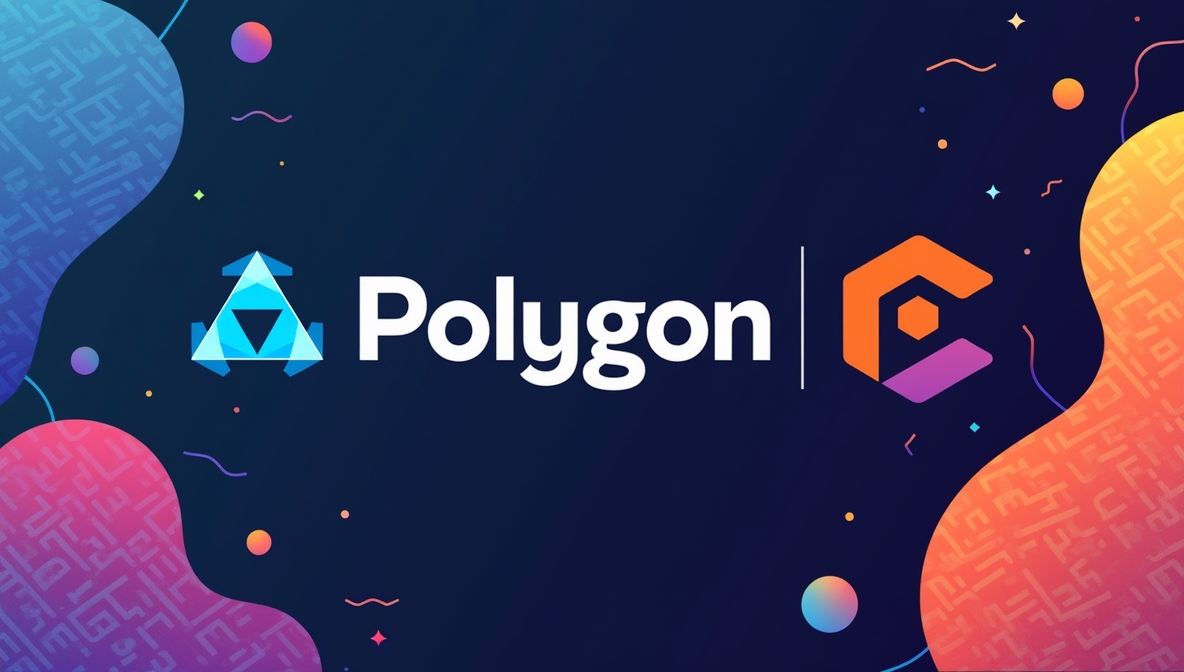The financial world is undergoing a seismic shift, and at the heart of this transformation lies the tokenization of real-world assets (RWAs). But what exactly is tokenization, and why is it being hailed as the next big thing in finance? In this blog, we’ll dive deep into the concept, explore its benefits, challenges, and future trends, and answer some of the most frequently asked questions about this groundbreaking innovation.
Introduction to Tokenization of Real World Assets
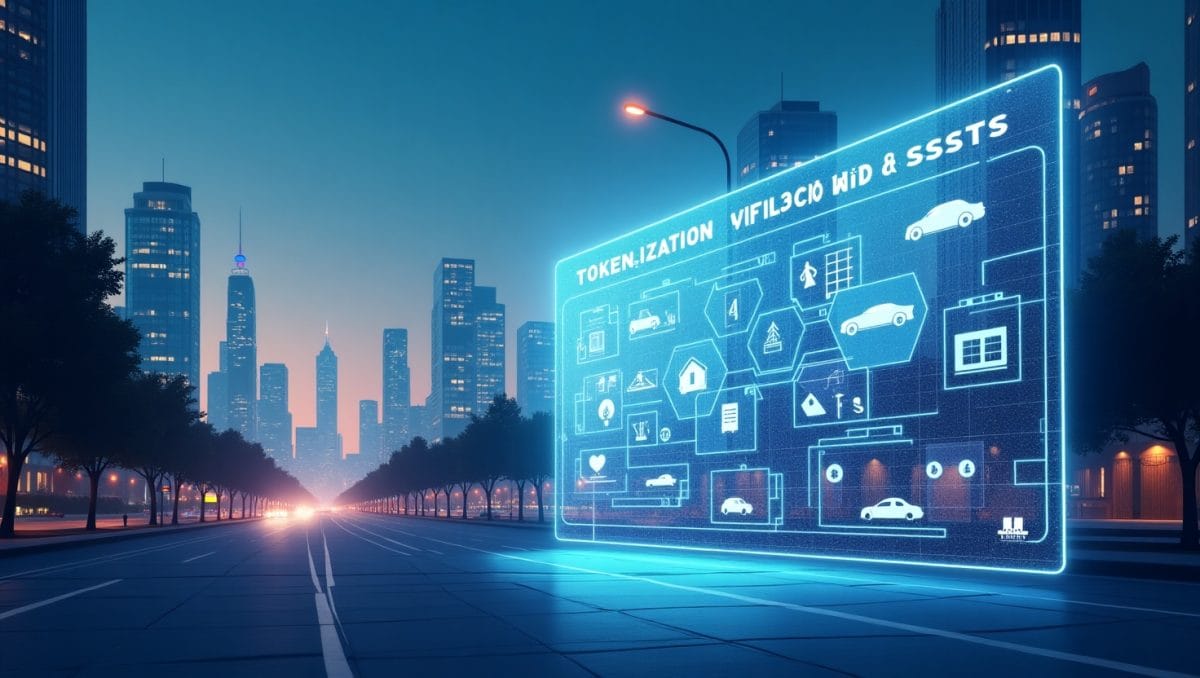
Tokenization is the process of converting physical or intangible assets—such as real estate, art, commodities, or even intellectual property—into digital tokens on a blockchain. These tokens represent ownership or a share in the underlying asset, enabling seamless trading, fractional ownership, and enhanced liquidity.
Blockchain technology plays a pivotal role in enabling tokenization. By leveraging its decentralized, transparent, and immutable nature, blockchain ensures that tokenized assets are secure, traceable, and easily transferable. This innovation bridges the gap between traditional finance and decentralized finance (DeFi), unlocking trillions of dollars in previously illiquid assets.
Types of Tokenizable Assets
Tokenization isn’t limited to a single asset class. It spans a wide range of industries and asset types, making it a versatile tool for modern finance.
Real Estate: Tokenizing properties allows fractional ownership, making high-value investments accessible to retail investors. Platforms like RealT and Landshare are leading the charge in this space.
Art and Collectibles: Rare art pieces, vintage cars, and even intellectual property can be tokenized, enabling creators to monetize their work and investors to own a piece of history.
Commodities: Gold, oil, and agricultural products are being tokenized to enhance liquidity and simplify trading.
Financial Instruments: Bonds, equities, and private credit are increasingly being tokenized, offering institutional investors new opportunities for diversification and yield generation.
How Tokenization Works
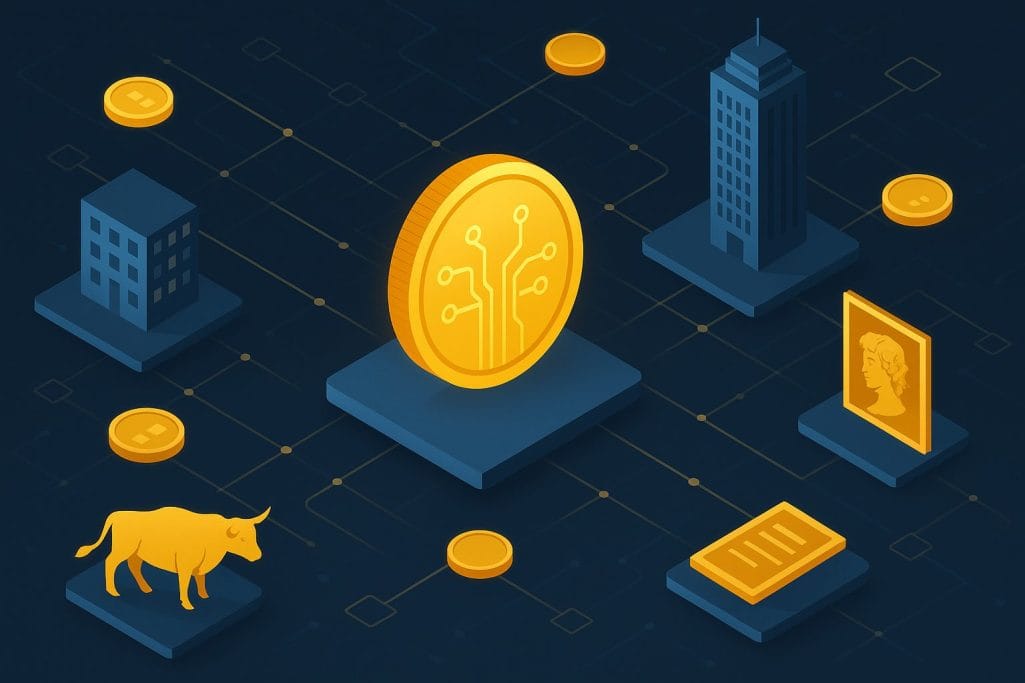
The process of tokenization involves several key steps:
- Asset Identification and Valuation: The asset is identified, and its value is assessed based on market demand and liquidity.
- Legal and Regulatory Compliance: Ensuring the asset complies with local and international regulations is crucial.
- Smart Contract Development: Smart contracts are created to automate ownership rights, revenue sharing, and compliance.
- Token Generation: The asset is divided into digital tokens, each representing a fraction of ownership.
- Trading on Blockchain Platforms: These tokens can then be traded on decentralized exchanges, providing 24/7 market access.
This seamless process is revolutionizing how assets are managed and traded, making it easier for investors to participate in previously inaccessible markets.
Benefits of Tokenization
Tokenization offers a host of advantages that are revolutionizing the financial landscape:
Increased Liquidity: By converting illiquid assets into tradable tokens, tokenization unlocks liquidity in traditionally stagnant markets.
Fractional Ownership: Investors can own a fraction of high-value assets, democratizing access to lucrative markets.
Transparency and Security: Blockchain’s immutable ledger ensures that all transactions are transparent and secure.
Cost Efficiency: Tokenization reduces administrative costs by eliminating intermediaries and automating processes through smart contracts.
These benefits make tokenization an attractive option for both individual and institutional investors.
Challenges and Risks
Despite its potential, tokenization faces several challenges:
Regulatory Uncertainty: Inconsistent regulations across jurisdictions can hinder adoption and compliance.
Security Risks: Blockchain systems are vulnerable to cyberattacks, and the irreversible nature of transactions can exacerbate losses.
Market Illiquidity: Limited investor demand or technological constraints can lead to illiquid markets for tokenized assets.
Valuation Complexity: Determining the fair market value of unique assets like art or real estate can be challenging.
Addressing these challenges is crucial for the widespread adoption of tokenization.
Use Cases
Tokenization is already making waves across various industries:
Real Estate Platforms: Companies like RealT and Landshare are enabling fractional ownership of properties, allowing investors to earn rental income through tokenized real estate.
Art Projects: Platforms like Maecenas and Masterworks are tokenizing fine art, making it accessible to a broader audience.
Commodity-Backed Tokens: Gold and other commodities are being tokenized to simplify trading and enhance liquidity.
These use cases demonstrate the versatility and potential of tokenization in transforming traditional industries.
Future Trends
The future of tokenization is brimming with potential:
Integration with DeFi: Tokenized assets are increasingly being integrated into DeFi ecosystems, enabling lending, borrowing, and staking opportunities.
AI and Automation: AI-driven tools are expected to streamline asset valuation, risk analysis, and compliance, making tokenization more efficient.
Regulatory Clarity: As governments worldwide introduce clearer frameworks, institutional adoption is expected to surge.
Market Growth The tokenized asset market is experiencing rapid growth and is projected to continue this trajectory in the coming years. As of January 2025, the market for tokenized assets has already shown significant expansion, with estimates indicating a rise from approximately $15 billion in 2024 to projections of up to $30 trillion by 2030, depending on various scenarios.
These trends indicate a bright future for tokenization, with significant growth and innovation on the horizon.
Conclusion
The tokenization of real-world assets is more than just a technological innovation—it’s a paradigm shift in how we perceive and interact with value. By democratizing access, enhancing liquidity, and ensuring transparency, tokenization is poised to redefine the global financial ecosystem.
As we move into 2025, the convergence of blockchain, AI, and regulatory advancements will further accelerate this transformation. Whether you’re an investor, a business leader, or simply a curious observer, now is the time to explore the opportunities that tokenization has to offer.
The future of finance is here, and it’s tokenized. Will you be part of the revolution?




